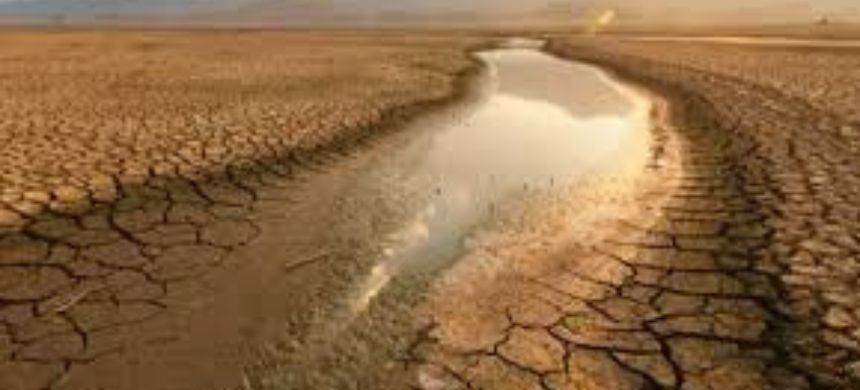Turkey is enduring its worst drought in over five decades, with official data showing rainfall has plunged 27% below the long-term average. The Turkish State Meteorological Service (MGM) reported that precipitation between October 2024 and August 2025 dropped to its lowest in 52 years, with southeastern Anatolia facing reductions of more than 60%. Some regions received under 250 mm of rain compared to past averages exceeding 1,000 mm.
The drought, paired with record-breaking heat, has created severe water shortages. July was the hottest month in 55 years, with Silopi recording 50.5°C and Adana hitting its highest temperature in nearly a century at 47.5°C. Reservoirs, like Cesme’s, have nearly dried up, exposing long-submerged landscapes and fueling wildfires nationwide.
The crisis is crippling agriculture, threatening Turkey’s role as a leading global producer of apricots, figs, apples, and hazelnuts. President Erdogan estimated farm losses at $557 million and pledged aid to thousands of uninsured farmers.
Experts warn climate change could intensify the crisis, with 88% of Turkey at risk of desertification and rainfall projected to fall by one-third by century’s end. Scientists caution that similar “Day Zero” water crises could soon threaten millions worldwide.
As Pakistan also faced shortage in rainfall, causing drought warning, Last month Heavy Rains End Dry Spell Across Pakistan, Easing Drought Fears











